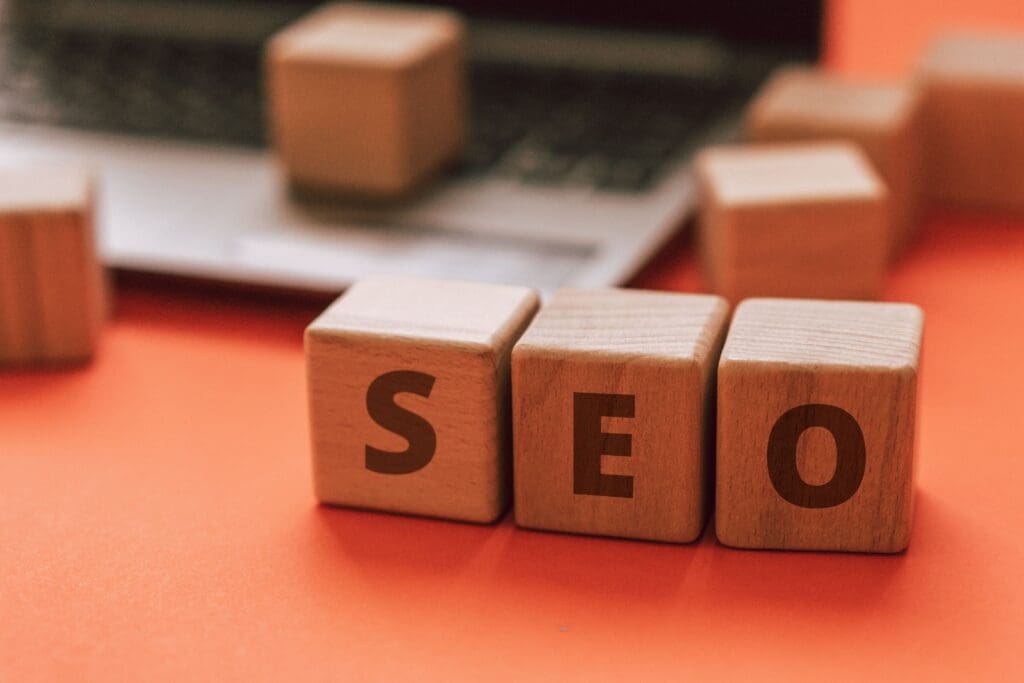4 Google Updates You Should Know About

Marketing is a moving target, and maybe no aspect of the marketing world shifts faster than the world of SEO (search engine optimization). SEO is all about driving organic traffic to your website, and it’s a major cornerstone of the inbound marketing system.
Of course, when we say “search engine,” we mean Google — Google has made up roughly 90 percent of worldwide search traffic for more than a decade — and Google updates its algorithm around 500 times a year. Most of those changes are so minor that users will never notice them, but they can have meaningful effects on your search results page placement.
To that end, we thought we’d fill you in on a few of the more important updates that Google has made recently and how they might affect you. Keeping pace with all of Google’s updates is tricky, so how often do you need to revise your SEO strategy?
There’s no easy answer, but the most important changes will come with the biggest updates to Google’s algorithm. Keep up to date on the latest SEO news to see how strategies will need to change. For example, Google recently changed their indexing to list mobile-friendly sites first — if your site isn’t mobile-optimized, you’ll need to adapt.
The other time to revisit your search strategy is if you change your own keywords. Companies often find that the words customers use to find them aren’t the same as the words they use internally, so they have to adjust. If you’ve been selling “hot water extraction cleaning” but people are searching for “steam cleaning,” you might need to go back and change titles and metadata to reflect that.
Search Rankings Will Favor Original Reporting
From Google’s press release:
“While we typically show the latest and most comprehensive version of a story in news results, we’ve made changes to our products globally to highlight articles that we identify as significant original reporting. Such articles may stay in a highly visible position longer. This prominence allows users to view the original reporting while also looking at more recent articles alongside it.”
Searching for breaking news is a trade-off. The earliest reporting on a story might be a tweet or a few lines of copy with almost no information, while a more detailed story might take a few hours or days to surface.
Google has admitted that there is no absolute definition of original reporting, and that major publications might report on original stories simultaneously, making it difficult to establish originality. The important thing to remember is that you should be focused on originality when writing about new developments in your content.
Google Launches More Options for Automated Bidding Strategies
We’re big fans of automating your marketing — the less time you spend on the repetitive and mundane tasks that computers can handle for you, the more you can spend on the analytical and creative tasks that humans are best at. One of Google’s new updates is helping out marketers with the first part.
If you advertise on Google — and yes, there’s a place for advertising in the inbound methodology — you’ll know how much time you can sink into bidding on ad placement to ensure the best bang for your buck. While before, you could only automate your bidding on a cost-per-thousand (CPM) basis, Google has added a new option: outcome-based buying.
Now, you can automate your bidding based on the metric that matters most to you — clicks, conversions, or installs, for example. For more on how the new options will affect your bidding, check out Google’s blog post.
Changes to the Way Nofollow Links Work
A quick refresher on “nofollow” links: your SEO is based on a number of factors, including the content on your page, the pages you link to, the amount of time people spend on the site, and many more. One of those factors is backlinks — if people on other sites like to your site, it boosts your SEO.
Unless they use a nofollow link. A nofollow link contains an HTML tag that’s supposed to tell Google to ignore it in terms of SEO rankings. If Site A (a site with a lot of clout and authority) links to Site B, they may not want to lend their considerable SEO heft to helping Site B, so they’d use a nofollow link. Nofollow links were originally intended to avoid link spam, like in blog comments, but it’s gotten more complicated than that.
Now, Google will count nofollow links as “hints” rather than directives — taking them into account with a number of other factors when deciding how they’ll affect SEO. In the words of Captain Barbossa from the Pirates of the Caribbean movies, “the code is more what you’d call guidelines than actual rules.”
How does this affect publishers? No one seems to agree. But it might be worth keeping an eye on — lots of websites automatically turn links into nofollow links in the back end, and that might change if this new policy starts to have a real effect.
More New Link Attributes
Nofollow links are changing, but they’ve been around since 2005. New on the scene are “sponsored” and “ugc” (user-generated content) tags, letting you further specify what your links look like to search engines.
Let’s say you run a successful blog to the point that companies pay you to write about their products. When you link back to those companies’ websites, you’d use a sponsored link tag. That way, Google knows that your link should count as an endorsement, but might treat it differently than an organic one.
The ugc tag is for comments. In the early days of the web, some users would leave comments containing links in the comment sections of popular websites. Search engines counted those links as backlinks with the same authority as the links on the body of the page, corrupting search engine results.
Today, user-generated content is a huge part of many websites. Reviews, submitted photos, questions and answers, and comment sections are all important ways for customers to interact with the sites they use, but those submissions aren’t the same as an official endorsement from the site itself. The ugc tag allows you to make that distinction.
The Bottom Line
Google will constantly be changing the way that they examine websites and list them in search results — but there’s a method to the madness. Google is constantly attempting to make search simpler and more intuitive, like talking to another human being (who happens to know everything).
Think about how far we’ve come. Before Hummingbird rolled out in 2013, Google was far too literal for the conversational searches we have today. You might need Boolean operators like OR, AND, quotation marks, and a dozen other techniques just to get the right result. Now, you can turn to a speaker the size of a hockey puck on your end table and ask it “When was Mariah Carey’s first album released?” and a disembodied voice will read the answer back to you.
The point is that even though Google will always be changing, you can get ahead of those changes by producing timely, relevant, useful content that your customers search for and want to read. If Google is doing its job, your customers will find it easier and easier to get to the content they want — hopefully, that’s yours!





